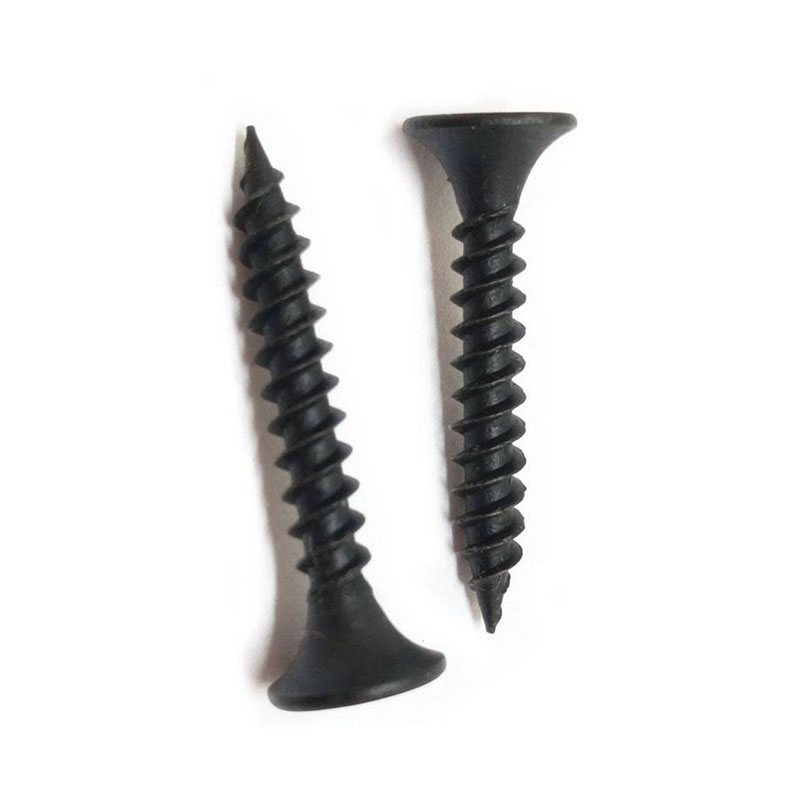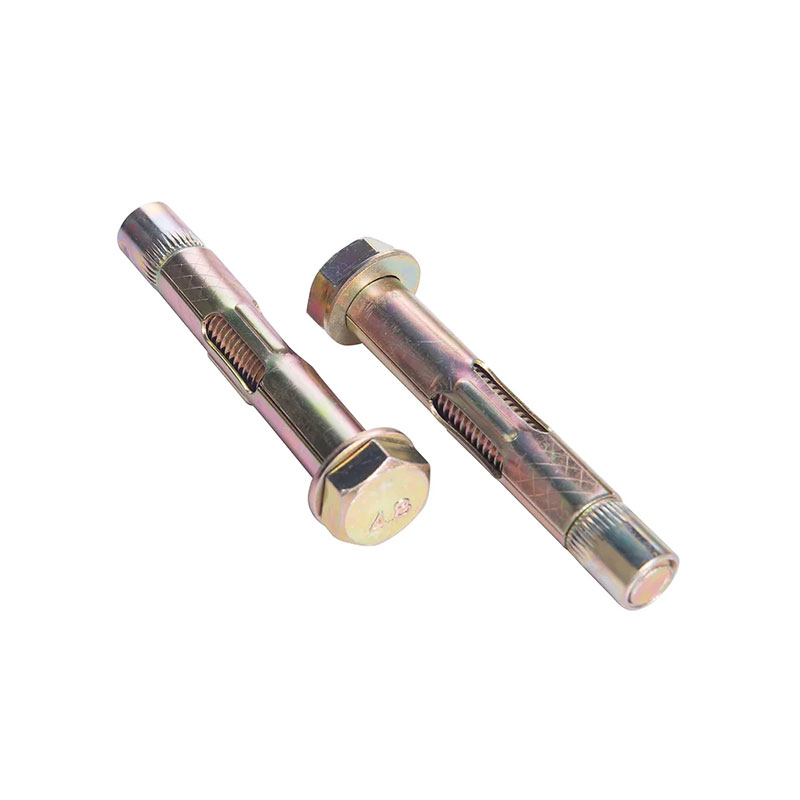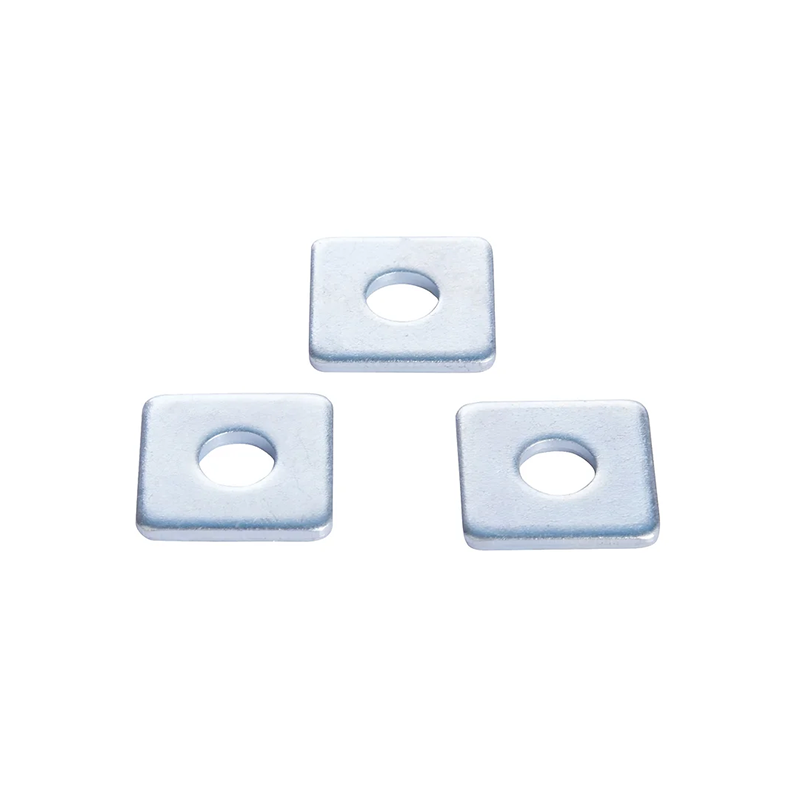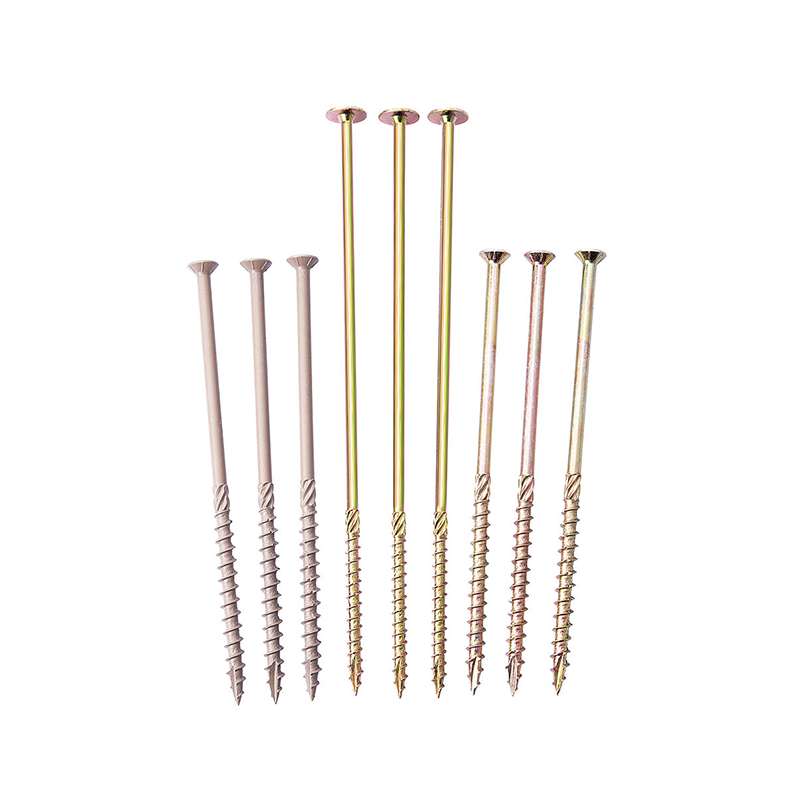Hex Flange Nuts: What Are They and How to Choose the Right Model?
 2025.07.21
2025.07.21
 Industry news
Industry news
What are Hex Flange Nuts?
Hex Flange Nuts are a variation of the hexagonal nut with a flange (similar to a disc) on the bottom. The flange is usually made of the same material as the nut body and may even have a serration structure to provide additional friction. Its basic characteristics are:
Hexagonal shape: facilitates tightening with conventional tools (such as wrenches).
Bottom flange: distributes pressure, reduces damage to the base material, and enhances the nut's fixing effect by increasing the contact area.
How Hex Flange Nuts Work
Increased stability:
The design of the flange helps to evenly distribute the pressure applied by the nut over a larger surface. Compared with standard hexagonal nuts without flanges, Hex Flange Nuts can effectively reduce damage to the base material, especially on softer or brittle materials such as aluminum alloys or plastics.
Anti-loosening design:
Because the flange usually has a serration structure, it will generate more friction during installation, which helps prevent the nut from loosening due to vibration or external impact. This feature is particularly important in applications that need to withstand high-frequency vibration or shock.
Load-bearing capacity:
Due to the extended area of the flange, Hex Flange Nuts are able to withstand higher torques. They can provide greater resistance than ordinary hexagonal nuts, making them more suitable for occasions that require high-strength fastening, such as heavy machinery, engineering equipment, etc.
How to choose the right Hex Flange Nuts model?
When choosing the right Hex Flange Nuts, in addition to the basic thread size, other factors should be considered to ensure that the best product is selected. The following are the main factors to pay attention to when choosing:
Thread Specification
The thread specification is one of the most important factors when choosing Hex Flange Nuts. The thread of the nut must match the matching bolt or screw. Common thread types are:
Metric Thread: Mainly used in Europe, Asia and other regions.
Imperial Thread: Mainly used in North America and other regions that use the imperial system.
Pitch: The pitch determines the distance between each thread and must match the pitch of the bolt.
Diameter: Make sure the diameter of the nut matches the bolt to ensure safety and stability during tightening.
Material Selection
The material of Hex Flange Nuts determines its corrosion resistance, load-bearing capacity and applicable environment. Common materials include:
Stainless Steel:
Stainless steel Hex Flange Nuts are suitable for high humidity or corrosive environments, such as marine environments, chemical plants, etc. They have excellent corrosion resistance and high temperature resistance.
Carbon Steel:
Carbon steel Hex Flange Nuts are suitable for general environments and have high strength, but are not as corrosion resistant as stainless steel, so they need to be used in dry, non-corrosive environments.
Alloy Steel:
Alloy steel materials enhance the hardness and tensile strength of nuts and are suitable for high stress and high temperature applications, such as aerospace, automotive engines and other fields.
Galvanizing and other surface treatments:
If the nut body is made of carbon steel, it is usually galvanized to improve corrosion resistance. Galvanizing can effectively prevent the nut from rusting, especially suitable for outdoor or high humidity environments.
Flange Types
Hex Flange Nuts can have different flange designs, the most common ones are as follows:
Toothed Flange:
The flange has a circle of serrated protrusions that increase friction with the base material. This design is ideal for applications with high vibration or high load-bearing pressure, such as mechanical equipment or the automotive industry.
Smooth Flange:
Smooth flanges do not have a toothed design and are suitable for applications that require higher surface protection, such as those that need to avoid scratches or other surface damage.
Embedded washers:
Some Hex Flange Nuts may have embedded washers in the flange area, which can provide better anti-loosening effect and reduce the risk of the nut slipping on the bolt.
Torque requirements
Different Hex Flange Nuts have different torque resistances based on material, flange structure and size. When selecting, make sure the torque capacity of the selected nut can withstand the required load. For example, heavy machinery usually requires nuts to withstand higher torques, while light equipment can choose smaller torque specifications.
Surface treatment
Surface treatment is an important measure to enhance the corrosion resistance and durability of Hex Flange Nuts. Common surface treatment methods include:
Galvanizing: Prevent rust by plating a layer of zinc on the metal surface.
Phosphating: Prevent corrosion through phosphate coating, common in situations where additional protection is required.
Coating (such as chrome coating): Enhance external protection while improving appearance.
Depending on the use environment, choosing the appropriate surface treatment can extend the service life of the nut.
Standard certification
Make sure the selected Hex Flange Nuts meet relevant industry standards. These standards include:
ISO (International Organization for Standardization): ensures product quality meets international standards.
DIN (German Standard): used to ensure products meet German manufacturing standards.
ANSI (American National Standard): ensures compliance with American fastener standards.
Standard certification not only ensures the quality and dimensional accuracy of the nut, but also guarantees its reliability in harsh environments.
Common Application Scenarios
Hex Flange Nuts are widely used in many industries, especially in situations where high strength and high stability are required:
Automotive industry: used for connecting components such as engines, chassis, and bodies to ensure that they will not loosen in high-vibration environments.
Construction engineering: used in areas such as steel structures, brackets, and infrastructure to ensure structural stability and safety.
Mechanical equipment: used for fastening machines, tools, and production line equipment to provide long-term and stable connections.
Electrical and electronic equipment: ensure the stability of connectors in electrical systems to prevent failures caused by looseness.



 English
English русский
русский











 Products
Products Tel: 86-574-62101087
Tel: 86-574-62101087 E-mail:
E-mail:  Add: Xiaocao 'e Binhai Industrial Park, Yuyao, Zhejiang, China
Add: Xiaocao 'e Binhai Industrial Park, Yuyao, Zhejiang, China